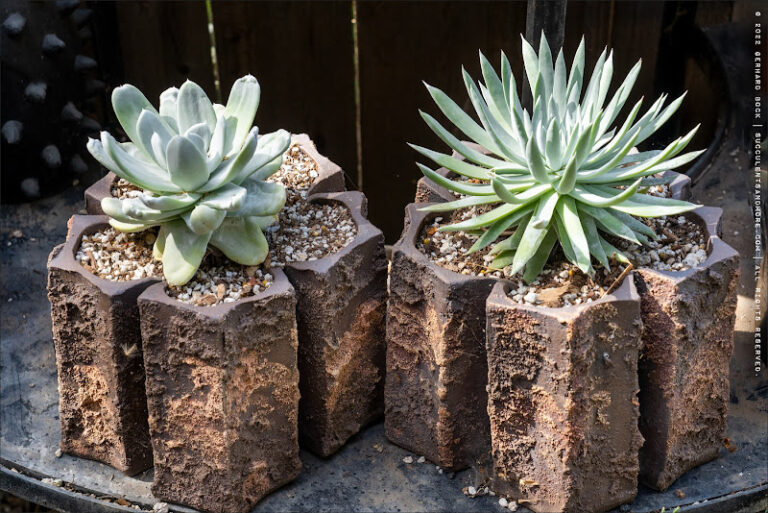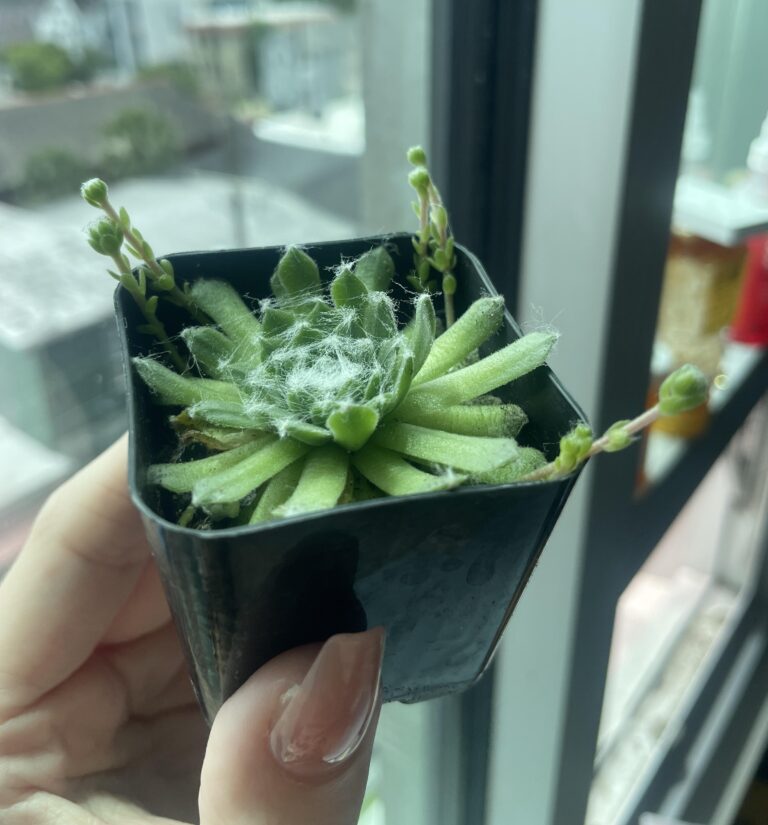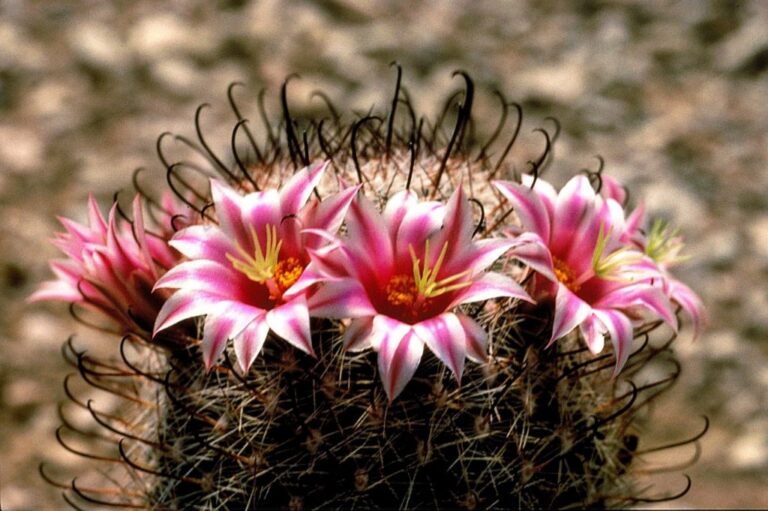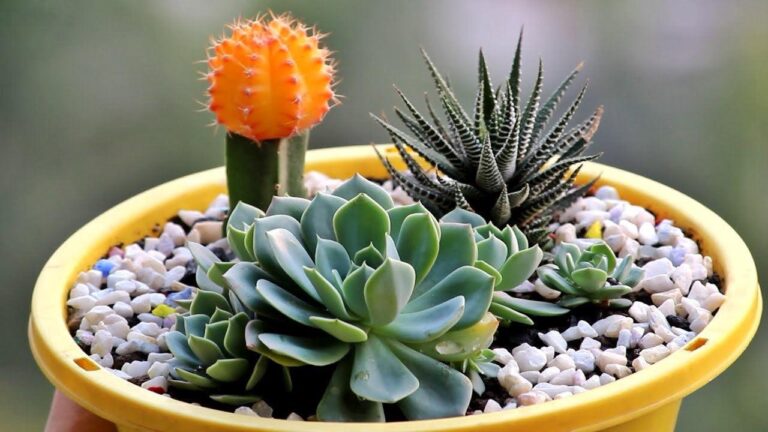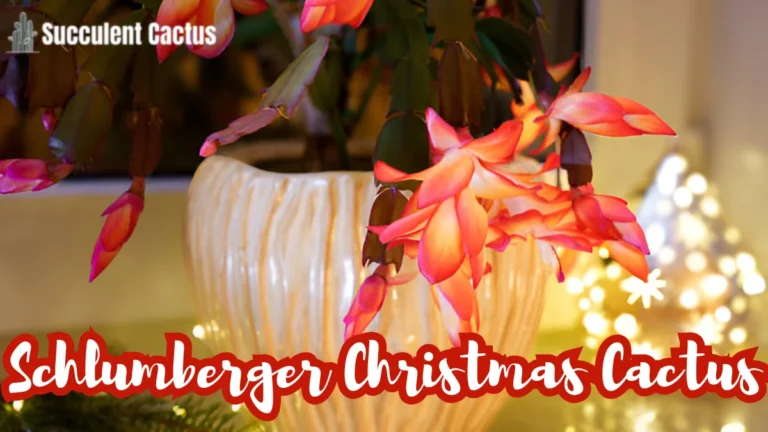Cactus Pot Mix: The Best Soil for Healthy Growth
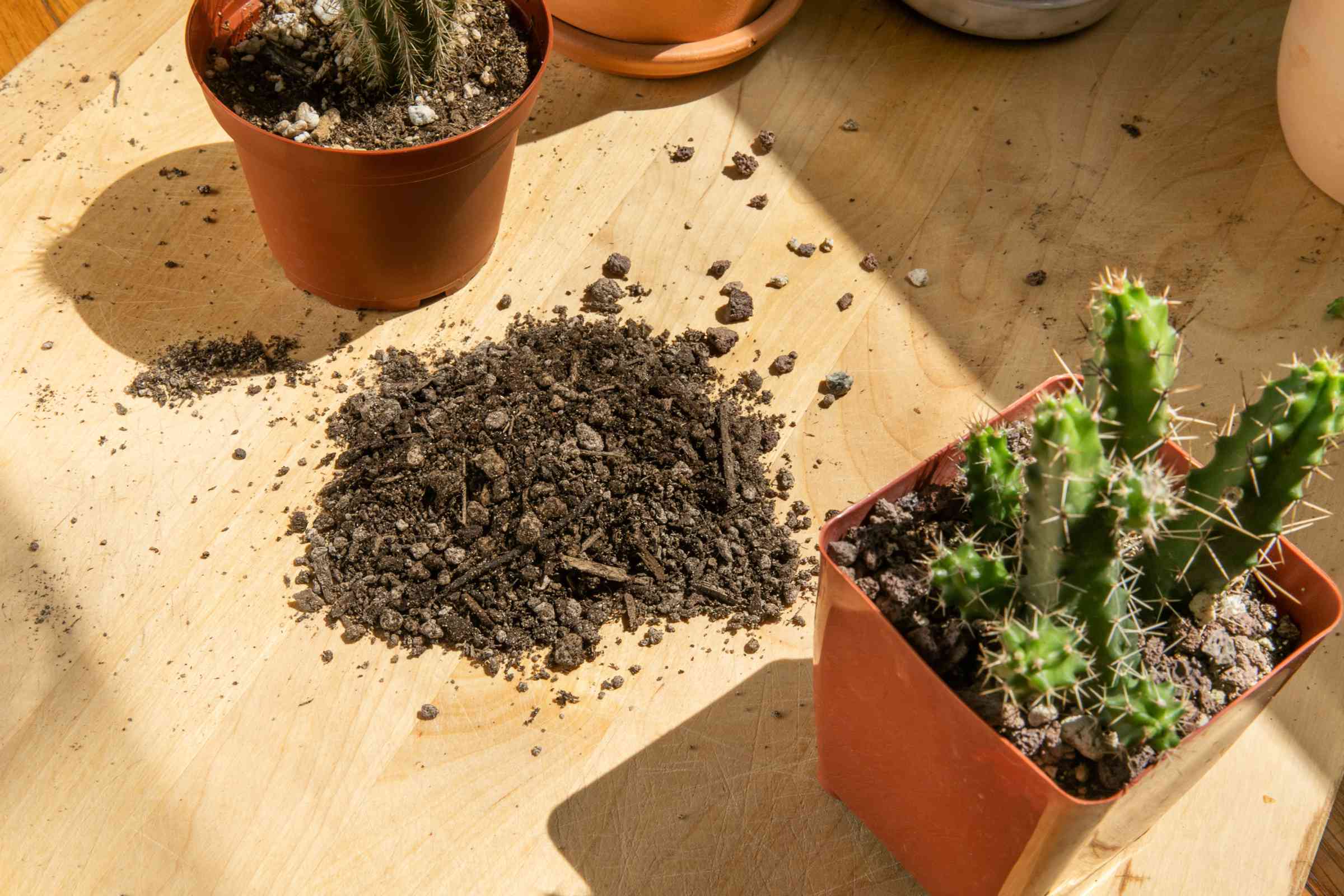
Cacti are popular for their hardy nature, beautiful forms, and low-maintenance needs. However, their success largely depends on the right growing conditions, and at the heart of that is a high-quality Cactus Pot Mix. The soil used in your cactus pot plays a crucial role in ensuring healthy growth, preventing root rot, and allowing the plant to thrive in various environments. Whether you are a beginner gardener or a seasoned cactus enthusiast, understanding the significance of Cactus Pot Mix and how to choose or create the right blend is key to cultivating healthy cacti.
Why Cactus Pot Mix is Crucial for Healthy Cacti?
The unique characteristics of cacti—resilience in dry, arid conditions and minimal water needs—demand a specific type of soil. Regular potting soil can retain too much moisture and suffocate cactus roots. Cactus Pot Mix ensures that the soil provides excellent drainage, allowing excess water to pass through quickly, preventing root rot, and mimicking the natural desert environment that cacti love.
Key Benefits of Using a Cactus Pot Mix:
- Prevents Overwatering: The Cactus Pot Mix allows water to flow freely, avoiding water retention that can lead to root rot.
- Ensures Proper Aeration: A good Cactus Pot Mix ensures that air reaches the cactus roots, promoting healthy growth.
- Mimics Desert Conditions: By using the right soil, you can replicate the arid conditions cacti thrive in, promoting optimal growth.
- Supports Root Health: The right Cactus Pot Mix supports root development, essential for the cactus to absorb nutrients efficiently.
Ideal Ingredients in a Cactus Pot Mix
To create the best Cactus Pot Mix, the right combination of ingredients is crucial. The ideal mix should promote drainage, aeration, and provide minimal moisture retention. Here’s a breakdown of the key components:
1. Coarse Sand
Sand is an essential part of any Cactus Pot Mix. It improves drainage, which is necessary for preventing root rot. Coarse sand allows the water to pass through the soil while ensuring that the roots don’t become waterlogged.
2. Perlite
Perlite is a volcanic rock that improves aeration and drainage. Adding perlite to your Cactus Pot Mix prevents soil from becoming too compacted, which helps the cactus roots grow freely.
3. Pumice
Pumice is a lightweight volcanic material that improves soil structure. It allows water to drain quickly while still providing some moisture retention. Including pumice in your Cactus Pot Mix ensures the soil remains light and well-draining.
4. Gravel
Small gravel particles add even more drainage properties to your mix, ensuring that excess water doesn’t accumulate around the roots.
5. Coconut Coir or Peat Moss
These organic materials help retain a small amount of moisture and add structure to the soil. While cacti generally prefer a dry environment, a small amount of moisture retention is useful for young plants or species that need a bit more humidity.
6. Organic Fertilizer (Optional)
Adding organic fertilizer or compost to your Cactus Pot Mix is optional. It provides trace nutrients to your cacti but should be used sparingly, as cacti prefer nutrient-poor soil.
Types of Cactus Pot Mix Available
There are several types of Cactus available in the market, and each one offers specific features. Here are some of the best options:
1. Pre-Packaged Cactus Mixes
Many garden centers sell pre-mixed Cactus blends. These are designed specifically for cacti and succulents. Look for products that emphasize good drainage and contain ingredients like perlite, sand, and pumice. These mixes are convenient and work well for most cactus species.
2. Cactus Soil for Indoor Plants
Indoor cacti have slightly different needs compared to outdoor varieties. Indoor cacti often require more moisture retention and should be planted in a Cactus that retains more water than outdoor mixes.
3. Specialized Mixes for Specific Cactus Varieties
Certain cacti, like the Saguaro or the Christmas cactus, may have unique soil requirements. Always check the plant’s specific needs to choose the best Cactus Pot Mix for it.
How to Make Your Own Cactus Pot Mix
Creating your own Cactus can be both cost-effective and rewarding. By mixing the right components, you can customize the soil to meet the needs of your cacti.
Ingredients:
- 2 parts coarse sand
- 2 parts perlite
- 1 part pumice
- 1 part coconut coir (or peat moss)
Instructions:
- In a large container, combine the sand, perlite, pumice, and coconut coir (or peat moss).
- Mix the ingredients thoroughly until evenly distributed.
- Test the drainage by pouring water over the mix. It should flow through quickly and not pool on top.
- If the soil retains too much moisture, add more sand or perlite. If it drains too quickly, increase the amount of coconut coir or peat moss.
Signs of a Good Cactus Pot Mix
A high-quality Cactus Pot Mix should have the following qualities:
- Excellent Drainage: Water should flow through easily without pooling.
- Light Texture: The soil should feel airy and not compacted.
- Well-Balanced Moisture Retention: The soil should retain just enough moisture to keep the cactus hydrated without overwhelming it.
- Free of Pests and Disease: Quality Cactus should be sterile and free from contaminants that could harm your plants.
Best Practices for Planting Cacti in Cactus Pot Mix
Planting cacti in the right Cactus is only the first step. Here are some additional tips to help your cacti grow strong:
1. Choose the Right Pot
Always use pots with drainage holes to ensure that excess water can escape. Choose a pot that’s slightly larger than the cactus’s root ball to give the roots room to grow.
2. Use Proper Watering Techniques
Cacti don’t need frequent watering. Water only when the soil is completely dry, and always water deeply. Avoid watering directly on the cactus, as it can cause rot.
3. Allow for Proper Light Exposure
Place your cacti in a location that receives plenty of direct sunlight. Most cacti require at least 6 hours of direct sunlight a day.
Common Problems with Cactus Pot Mix
Despite the best efforts, sometimes issues arise with your Cactus. Here are common problems and their solutions:
1. Overwatering
Overwatering is a common issue with cacti. Ensure the Cactus is well-draining and allow the soil to dry between waterings.
2. Root Rot
If your cactus shows signs of wilting, yellowing, or mushy stems, it could be suffering from root rot. Make sure the pot has proper drainage, and consider repotting in a fresh Cactus.
3. Pest Infestations
Pests like aphids or mealybugs can sometimes affect cacti. Inspect your cactus regularly and treat it with an appropriate insecticide or a natural solution like neem oil.
Final Thoughts
The right Cactus is essential for maintaining healthy, thriving cacti. Whether you’re using a pre-packaged mix or creating your own, ensuring the soil has the perfect balance of drainage, aeration, and moisture retention will set your plants up for success. By selecting the right mix and applying proper care techniques, you can enjoy the beauty of your cacti for years to come.
Whether you’re a cactus collector or just starting your cactus gardening journey, investing in a quality Cactus is a step toward creating a lush, healthy environment for your plants. Happy gardening

